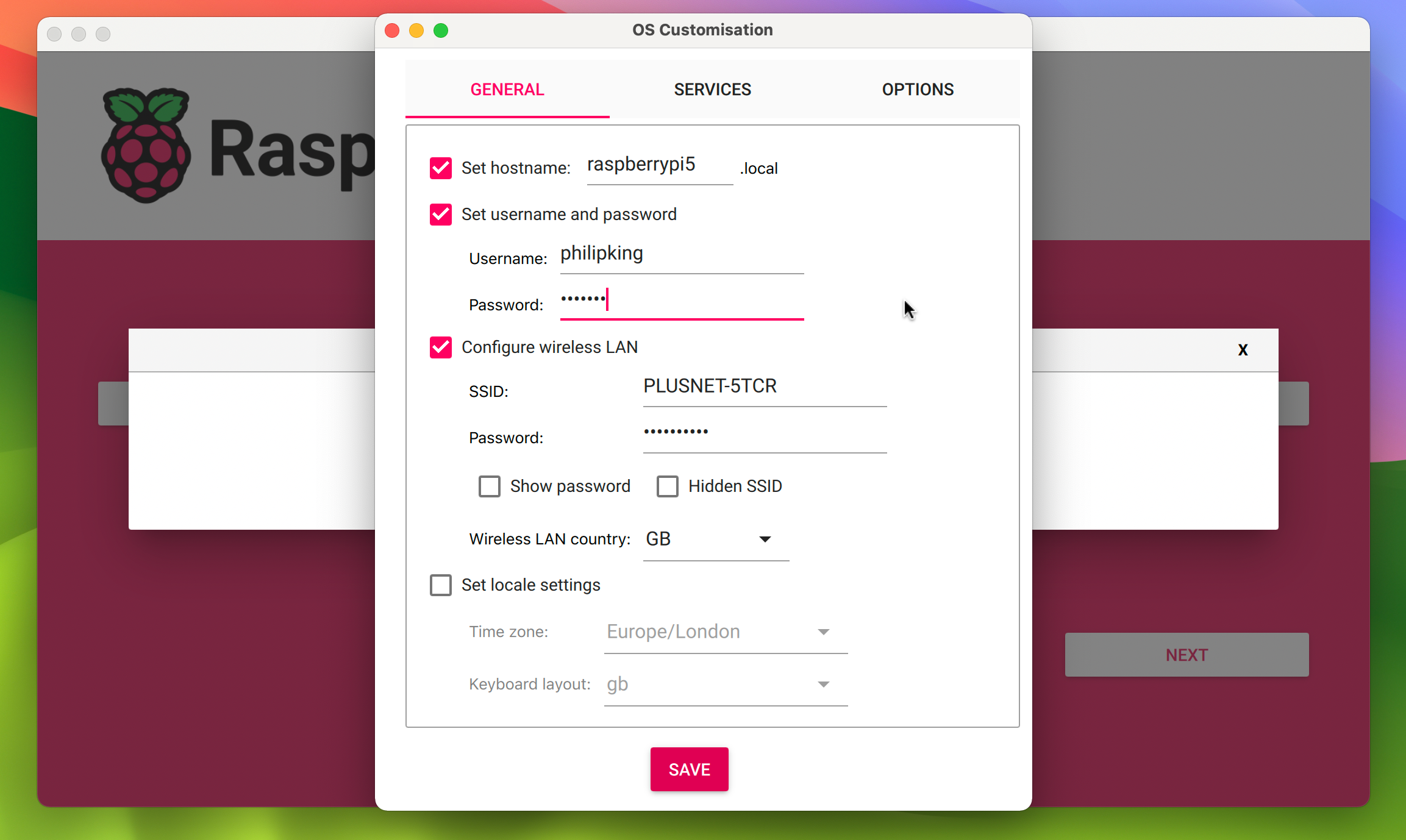

This combo even got rid of something that was ADB blocked in Android 14.


This combo even got rid of something that was ADB blocked in Android 14.
I tried so hard to get Debian working on my new build. Problem being: it’s a new build. Debian’s glacial pacing meant my hardware won’t see support for a while. I might try again when Trixie finally releases, but I’m not getting my hopes up.
So I guess my answer is… I’ll distro hop when stability & support reach equal levels.


It’s a shame that both AMD and Nvidia chose to abandon the sub-$250 market. I think I’ve mentioned before that I searched and searched for an affordable video card, only to land on stuff that was generations behind. So I ended up with an A580. Only complaint I have so far is that LXDE absolutely hated the card and wouldn’t even boot in VESA compatible mode. But that’s more a complaint on Debian’s glacial pace than Intel.
I’ll be watching this discussion, as I’m currently using Remmina. It meet the bare minimum of SSH & RDP, but it doesn’t have a clear method to organize connections and instead uses a big list. I also find the interface a tad counterintuitive, so maybe I’m just using it wrong.
It also seems to have a bug where it launches twice whenever I start my computer. So I have to close one.


I’m curious, did you dig around the BIOS/UEFI to see if there are any ACPI power states that can be disabled?
I had a very similar issue and turning off S3 worked around it. Of course, that meant higher power usage during sleep but it was a compromise over buying new hardware.


not my words. It’s the Valve dev who said it.


Funny, I just saw an article saying don’t get too excited about Linux gaming boosts because apparently Wine doesn’t use ntsync yet, and Valve already worked around ntsync by implementing the faster fsync in SteamOS.


I feel like there was an app from the ACLU or EFF that did exactly that. Locked the device and started recording on panic button combo, and if I am remembering correctly had the ability to auto-upload to a cloud in case of device seizure.
EDIT: Ah, ok I was confused. It was the ACLU Mobile Justice app which was cloud based, but it was shutdown just last month. They point to external entities having access to their database as the reason.
I made the mistake of trying Debian on a new system. While I will eventually transition to Debian for it’s stability, it’s glacial speed of change means that new hardware isn’t very compatible. I tried the half-step that was LMDE (Linux Mint Debian Edition) and even that was missing some support for my hardware. Not until I moved to Ubuntu-based Linux Mint did I finally have everything working, after some poking and prodding. I’m guessing once Debian Trixie comes out, I can test again.
You have to have more mature hardware if you go Debian. It’s not something I’d tell anyone to install on a new build.


Any reason you avoided the official Raspberry Pi Imager software? You really can just configure a headless OS all before flashing the SD card. Choose RPi OS lite from the list, then set up your hostname, username, password, wireless and turn on SSH service. Then all you have to do after flashing is plug in power and SSH in. None of this display troubleshooting would be needed.



Two questions:
Do you have anything between the Pi and Display, like an HDMI switch? Sometimes the Pi incorrectly sets the display resolution if it can’t communicate with the display directly.
Did you use the Raspberry Pi Imager program? You can configure SSH and WiFi, before you even image to SD. It’s how I set up my headless stuff so I don’t have to futz with connecting displays.
sometimes you think you are old, and then you find out you are oldold and things are a little harder than you realized.


Any source on that mac claim? I’ve not seen any proof of that at all.
(Edit: To clarify, I know people are saying they use MacOS here, but I don’t think the claim that most tech people in corporate settings use MacOS to be true. I only have my personal experience in a very large corporate environment, and am asking for information as every team I’ve worked with was using Windows.)


Did they comment on why it was deleted? I didn’t see anything in the article. I recall the consensus was that they made so many mistakes the only way to fix it was deletion of the repo.
I also saw in one of the comments of the Arstechnica article that the one who pushed for open-source wanted to clean up the code before publishing. Management said no, the entire team got fired/left, and suddenly the code got published with all that commercial stuff left in. Sounds about right.
It’s crazy that there isn’t a company out there making viable cold storage for the average consumer. I feel like we’re getting even further away from viability now that we use QLC by default in SSDs. The rot will be so fast.
I still have no clue where permanently attached USB SSDs are supposed to be mounted. I just shove them into LVM2 and put the mapper under /mnt since putting them under /home wouldn’t let other users access them.
learned this the hard way when I started to get usrmerge errors when I tested an upgrade to Debian trixie.


I figured OSalt would have been near the top of the recommendations. I didn’t realize how unpopular it was I guess. It’s a little more selective in it’s recommendations (and perhaps a tad dated).
I get my media from the local library and buy the ones I enjoy.